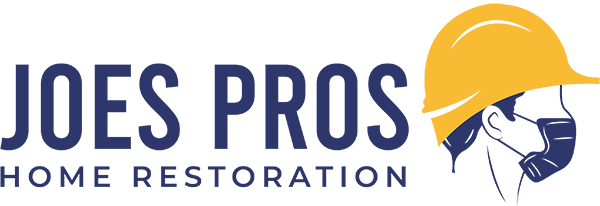
Basic Steps to Prevent Mold in Your Home
As a professional home restoration service, we witness the detrimental effects of mold growth in residential structures all too often. Mold poses a significant health risk according to the Environmental Protection Agency (EPA)Exposure can cause respiratory problems, skin irritation, and allergic reactions. In severe cases, mold growth can lead to costly remediation efforts. Fortunately, proactive measures can effectively prevent mold from establishing itself in your home.
At Joes Pros, we are committed to empowering homeowners with the knowledge necessary to cultivate a healthy and comfortable living environment. This comprehensive guide delves into the factors that contribute to mold growth and outlines preventative strategies to safeguard your property.
Understanding Mold’s Causes
Mold is a ubiquitous eukaryotic organism, characterized by a complex cell structure with a nucleus and membrane-bound organelles. Unlike bacteria, which are prokaryotic and lack these features, mold shares some similarities with plants and animals. However, mold reproduces through spores instead of seeds and obtains nutrients by decomposing organic matter rather than photosynthesis. Mold thrives in damp, dark environments. It feeds on organic materials such as wood, drywall, and even dust.
While mold spores are ever-present in the air, they only become problematic when they encounter conditions conducive to their growth. The following factors are essential for mold growth according to the Centers for Disease Control and Prevention (CDC).
- Moisture This is the primary culprit. Leaky pipes, condensation on windows, and inadequate ventilation all create an ideal breeding ground for mold.
- Warm temperatures Mold flourishes in warm environments. Maintaining an indoor temperature below 77°F (25°C) is recommended.
- Limited ventilation Homes with poor air circulation trap moisture, allowing mold spores to settle and germinate.
Recognizing Mold Growth Within Your Residence
While professional mold testing is always recommended for a definitive diagnosis, specific indicators suggest potential mold growth:
- Visible mold Look for black, green, or white patches on walls, ceilings, floors, or furniture.
- Musty odors A persistent, earthy smell can be a telltale sign of mold.
- Allergic reactions If you experience symptoms like coughing, sneezing, or itchy eyes after spending time in a particular area, it could be mold-related.
Strategies for mitigating mold growth
Address leaks promptly: Don’t delay repairs for leaky faucets, pipes, and roofs. Expeditious action can prevent moisture problems from escalating.
Ensure proper ventilation: Utilize exhaust fans in kitchens and bathrooms during and after use. Regularly open windows to promote fresh air circulation. Aim for at least 15 minutes of ventilation several times a day, weather permitting.
Dehumidification: In humid climates, consider using a dehumidifier to regulate moisture levels in your home, ideally maintaining them below 60% according to the EPA. Empty the dehumidifier’s collection tank regularly to ensure optimal performance.
Air dry wet surfaces: Avoid allowing water to linger on surfaces. Immediately wipe down spills and ensure proper ventilation in bathrooms following showers. A squeegee can be a helpful tool for removing excess moisture from bathroom surfaces.
Inspect crawlspaces and basements: These areas are particularly susceptible to moisture problems due to their lower position in the home. Check for leaks, ensure adequate ventilation by installing vents if necessary, and consider using a dedicated dehumidifier for these spaces.
Proper firewood storage: Never store damp firewood indoors. Damp firewood provides an ideal environment for mold growth, and storing it indoors can introduce mold spores into your living space.
Prompt cleanup of spills and condensation:Address any spills or condensation on windows immediately. Mold thrives in damp environments, so acting quickly can prevent mold spores from taking root.
Regular home maintenance: Regularly inspect your roof, gutters, and downspouts to ensure proper drainage. Clogged gutters can cause water to pool around your foundation, creating moisture problems. Schedule roof inspections regularly, especially after severe weather events.
Additional protective measures
- Mold-resistant materials Consider incorporating mold-resistant paints, caulking, and drywall during renovations or new construction projects. While not foolproof, these materials can help create a less hospitable environment for mold growth.
- Air purification Air purifiers with HEPA filters. can help trap mold spores and other allergens circulating in your home However, air purifiers are not a substitute for addressing the underlying causes of mold growth, such as moisture problems.
When to Engage Professional Assistance
While DIY preventative measures are very helpful, specific situations necessitate professional intervention:
Extensive mold growth: If you discover a large area of mold infestation, it’s critical to contact a professional restoration company with expertise in safe and effective mold remediation.
Mold allergies: If you or a family member suffers from allergies, consult a professional for an assessment. Professionals can identify the specific type of mold present and recommend an appropriate course of action to minimize exposure and potential health risks.
Suspected hidden mold: If you suspect mold growth behind walls or in inaccessible areas, professional detection and remediation are necessary. Mold spores can travel through air ducts, posing a health risk even if the mold itself is not visible A professional can use specialized equipment to locate hidden mold and develop a safe and effective remediation plan.
By implementing these recommendations and prioritizing moisture control, you can significantly diminish the risk of mold growth within your residence. Early detection and preventative actions are key to maintaining a healthy and comfortable living space for you and your loved ones.
However, if you suspect mold growth in your home, don’t hesitate to seek professional assistance. Mold remediation to safely and effectively identify the type and extent of mold infestation, develop a remediation plan, and restore your home to a healthy condition. For peace of mind and a guaranteed safe mold removal process, contact Joes Pros today.
Please note: While this guide offers valuable information, it is not a substitute for professional advice.



